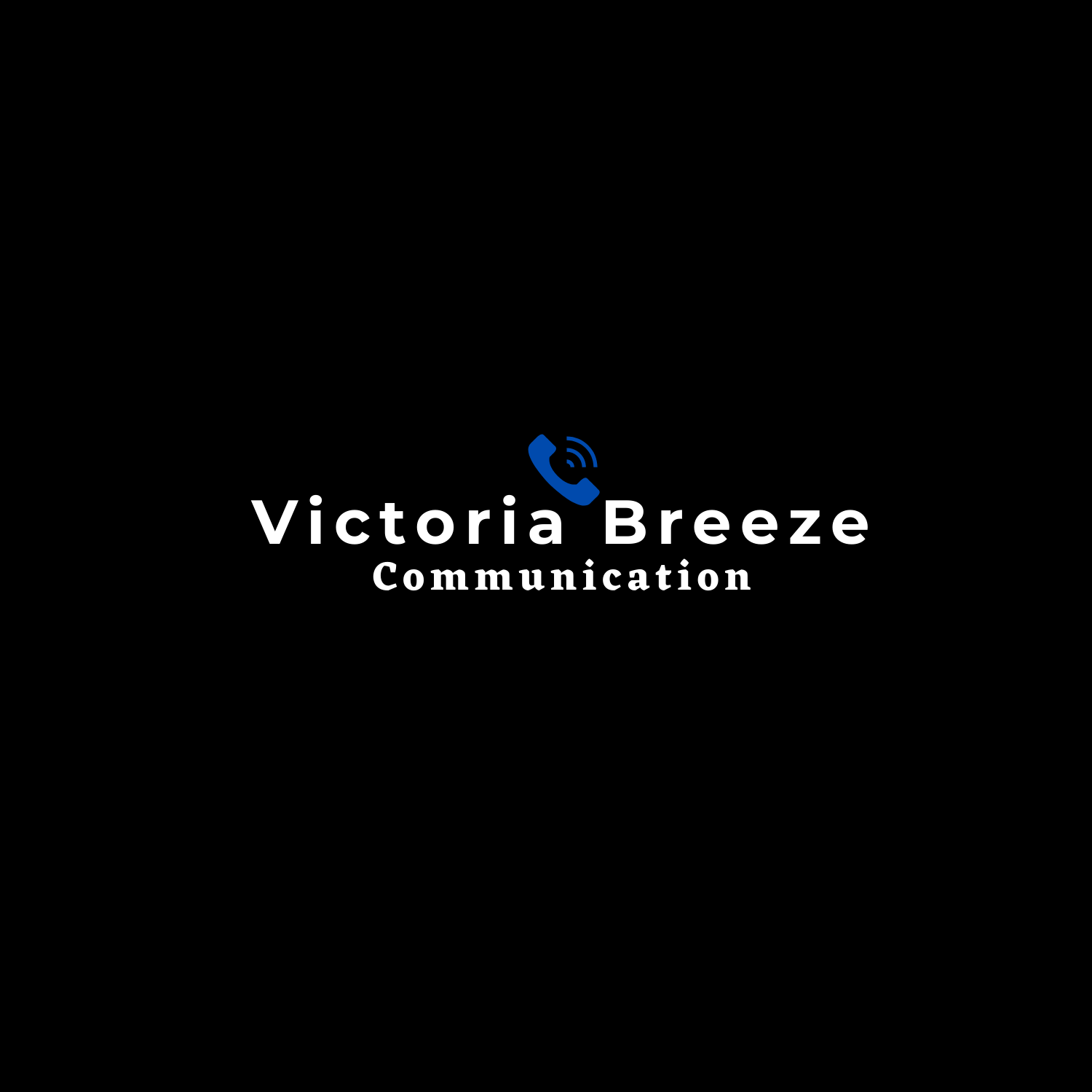
Writing a story angle is the foundation of knowing that getting coverage in the media is good for business. However knowing that and doing something about it are two very different things. Journalists get hundreds of stories across their desk each day. How do you know what makes a good story and how to make yours stand out over the others?
The experts can look at an organisation and find aspects that will make great stories the media will love. As a business owner you need to learn how to look at your business from an outsider’s point of view and decide what areas of your business others want to know about.
There is no guarantee that when you pitch in a story idea to a journalist they are going to run with it. However, you have a much better chance if you go the extra mile; research every show or publication before you send your pitch, and give it a targeted, relevant, timely story.
One of the first things you do when talking to a new or potential client is start brainstorming all of the angles that the media or influencers might be interested in about them.
You tell clients that kick-off meetings to bring out the journalist in you as you essentially interview them about anything and everything that could be of interest and tie back into their brand, mission or ability to differentiate.
In a world that is increasingly driven by consumers voting with their money, facts or story lines that the client isn’t even thinking about can often be the most compelling, both in terms of getting press attention and in terms of connecting potential customers or users with the brand.
You also find that thinking through these pitch angles can help us make recommendations to the client around the copy that should be on their website, in email sequences, and more.
Thinking about how you you going to pitch yourself to target media helps you refine your audience and messaging, so even if you are not planning to start the media outreach process now, it’s a worthwhile exercise.
How to write a story angle: by Tusiime Edward
1. Read the daily paper
This sounds really obvious, but get into the habit of reading newspaper (online or printed). Scan the headlines of each section and ask yourself, “What is in the news today that ties in with what I want to promote?”
2. Read your publications you want your story in
Reading through the publications you want to be featured in will give you a good idea about what angles they are looking for, and what sections they have so you can develop angles specific to the section.
This also helps craft a list of the top reporters who cover the industry regularly and who would appreciate hearing a different, creative take on the subject matter. While reading, don’t skip the comments section; these sections are often full of unexplored possibilities.
3. Use surveys to craft solid story ideas
The media views quantitative data as newsworthy, accurate, and sidebar-friendly. Launch a survey on results that relate to your industry to create a strong story. What good is a great story if it appears somewhere that misses the intended audience?
Keep up-to-date lists of the publications, websites, broadcast outlets that reach top prospects, add at least one new outlet or writer every day. Research what each addition covers and get to know each one’s tone and voice. This helps ensure story development in lock step with journalist needs.
4. Listen to questions your clients and customers ask you
Are you suddenly hearing lots of people asking the same question? A trend may be starting that you can tie into. Sometimes it pays to divert from the meeting agenda, start every client conversation by asking what’s new, because that’s often where the great stories hide.
5. Read trade publications to spot industry trends
What is the buzz in your trade publications? What are new developments in your field? Use your access to this information to shape a story. Once you have figured out their agenda, you can either pitch in stories or write articles for the specific sections.
